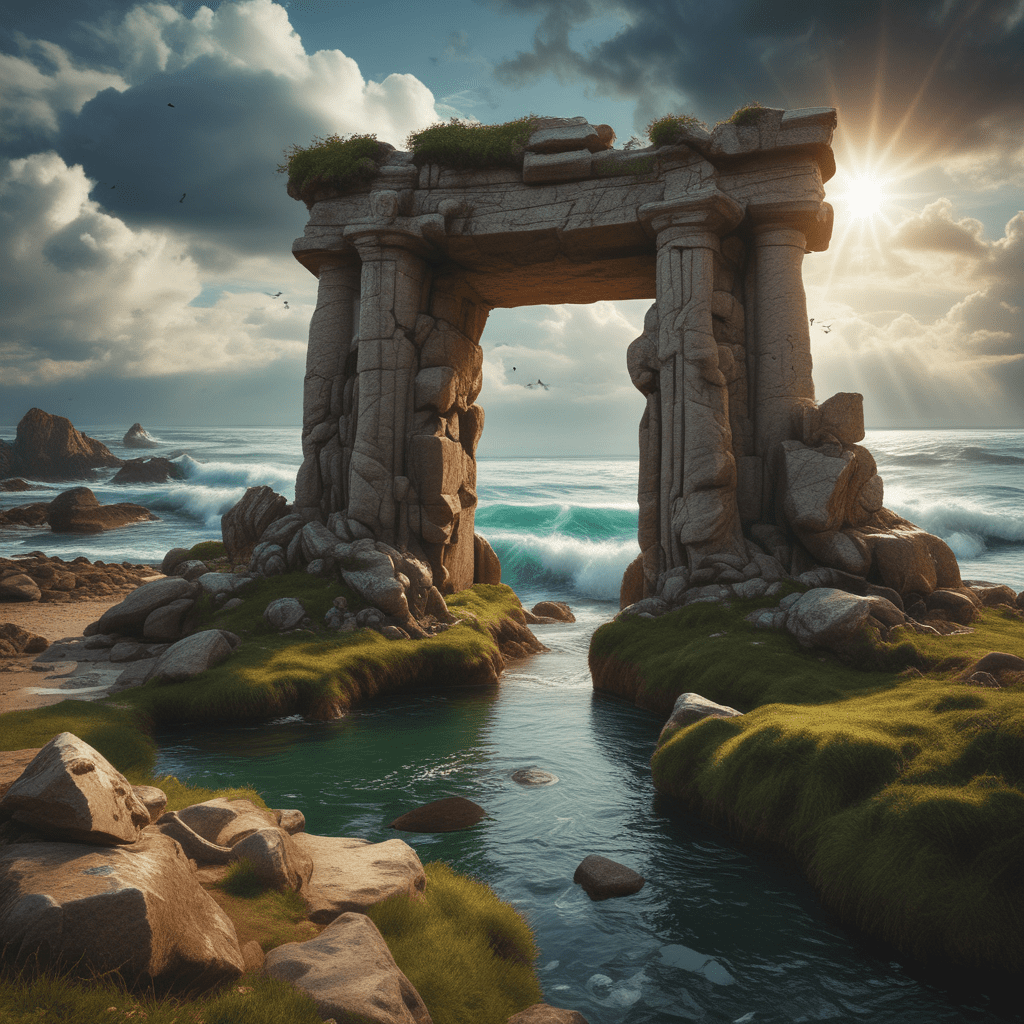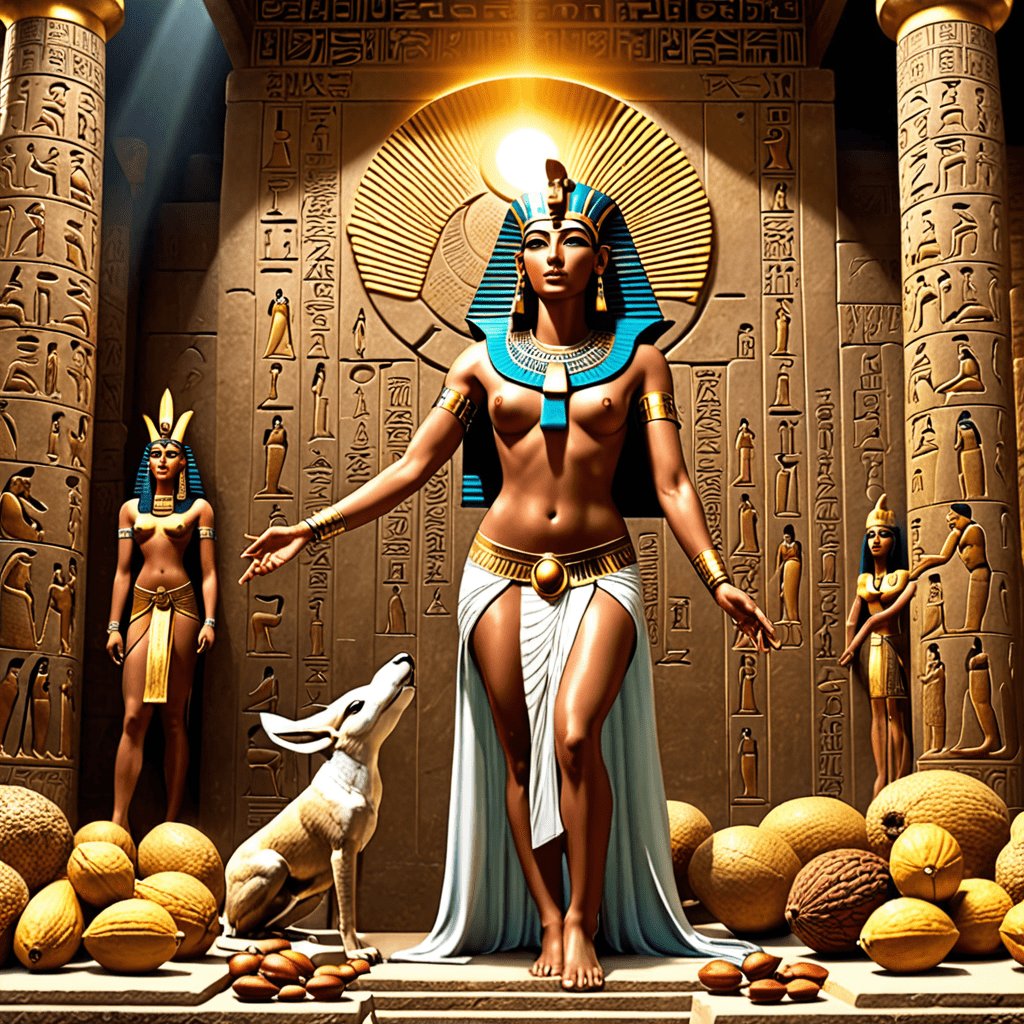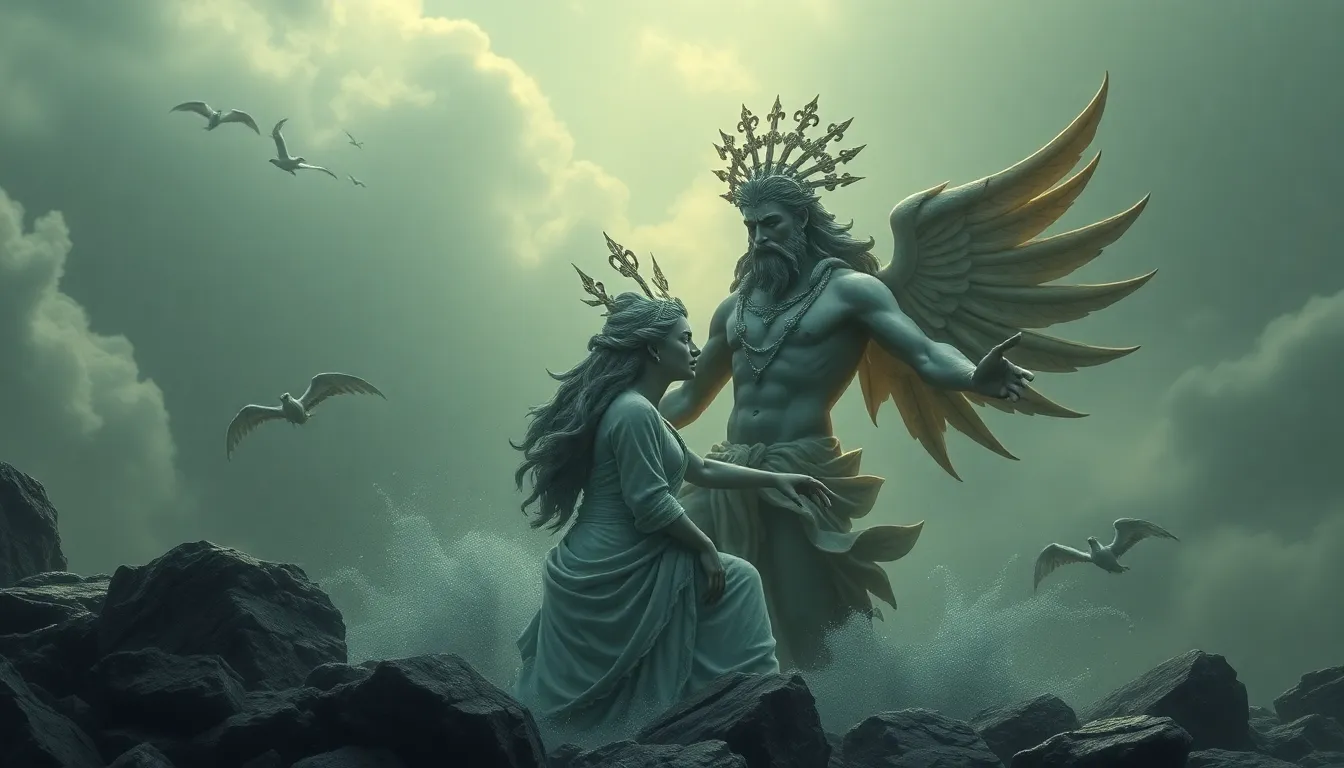The Rich Interplay Between Celtic Mythology and Geology
Celtic mythology is a realm where nature and lore intertwine seamlessly. The ancient Celts revered the world around them, attributing profound symbolic meanings to natural formations. Geology, the scientific study of the Earth’s physical structure and substance, often reveals fascinating links to Celtic myths and legends.
The Stone Circles: Guardians of Ancient Wisdom
One of the most iconic features in Celtic landscapes is the enigmatic stone circles such as Stonehenge in England, and the Ring of Brodgar in Scotland. These ancient structures are believed to have served spiritual and ceremonial purposes, with some aligned astronomically with the sun and moon. Geologically, the stones used in these circles were often chosen for their endurance, symbolizing the eternal nature of Celtic beliefs.
The Sacred Rivers: Vessels of Mythical Journeys
Rivers held immense significance in Celtic mythology, often depicted as conduits between the physical realm and the Otherworld. The River Boyne in Ireland, associated with the famous mythological figure Brigid, reflects this deep spiritual connection. Geologically, rivers carve through landscapes over millennia, shaping the very earth and imbuing them with mythical importance.
The Enchanted Mountains: Pillars of Celtic Tales
Mountains feature prominently in Celtic myths as sacred abodes of deities and gateways to supernatural realms. Ben Nevis in Scotland, the highest peak in the British Isles, is steeped in folklore, with legends of giants and otherworldly beings. Geologically, mountains are the expressions of Earth’s tectonic forces, rising majestically to become symbols of strength and endurance in Celtic narratives.
The Luminescent Gemstones: Treasures of Otherworldly Beauty
Gemstones held considerable mystical significance in Celtic lore, often associated with divine beings or magical properties. The legendary Irish gemstone, the Lia Fáil or Stone of Destiny at Tara, was said to roar when the true king touched it. Geologically, gemstones are products of the Earth’s processes, carefully hidden within its depths, mirroring the hidden knowledge and power in Celtic myths.
In conclusion, the profound connection between Celtic mythology and geology reveals a deep reverence for the natural world and the enigmatic forces that shape it. Exploring this fascinating interplay allows us to appreciate the rich tapestry of stories woven by ancient cultures, where every rock and river held a tale waiting to be uncovered.
FAQ about the Connection Between Celtic Mythology and Geology
What is the significance of the connection between Celtic mythology and geology?
The connection between Celtic mythology and geology is significant as the Celts believed that various natural formations like rocks, rivers, and mountains were inhabited by spirits or deities. Geology played a vital role in shaping their myths and legends.
How did Celtic mythology incorporate geological elements?
Celtic mythology often intertwined with geological elements by attributing supernatural origins or powers to specific landforms. For example, mountains were seen as sacred places or homes to powerful beings, rivers were associated with goddesses, and certain rocks held mystical properties.
Can you provide examples of how geology influenced Celtic myths?
One famous example is the Giant’s Causeway in Ireland, which legend says was built by the giant Fionn mac Cumhaill. The unique geological formations were attributed to his feats. Additionally, caves were often linked to the Otherworld in Celtic lore, connecting the geological features with the mythological realm.
How does understanding geology enhance our appreciation of Celtic mythology?
By understanding the geological features that inspired Celtic myths, we can appreciate the deep connection between ancient beliefs and the natural world. It allows us to see how the Celts interpreted and revered the landscapes around them, adding layers of meaning to their stories and traditions.


